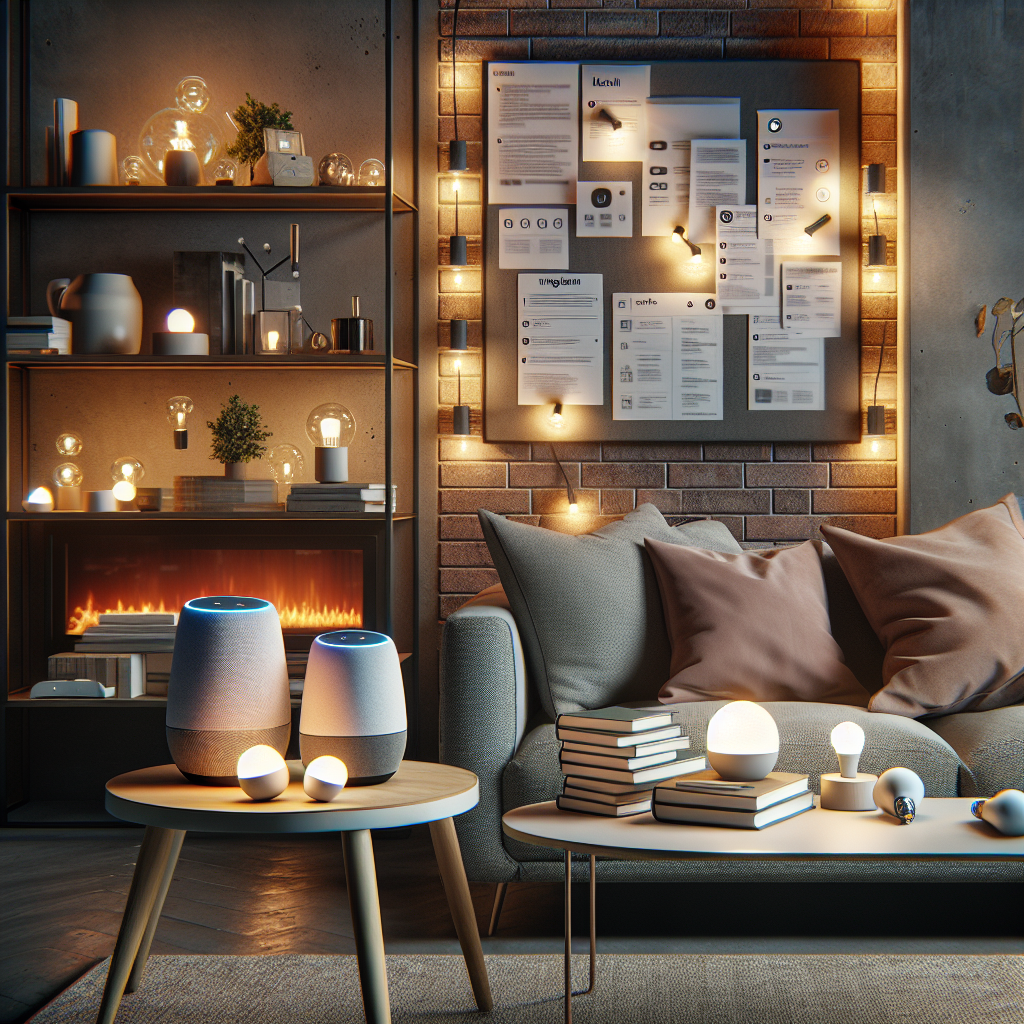Why the Smart Home Still Isn’t Mainstream
Despite the allure of living in a home that anticipates every need and command, the concept of the smart home has not yet reached widespread adoption. Many households remain hesitant to fully integrate smart technology into their living spaces. Understanding the barriers to mainstream acceptance is key to predicting the future of home automation.
High Costs and Complexity
One of the primary reasons why the smart home hasn’t gone mainstream is the associated costs. Initial set-up can be prohibitively expensive, especially when it involves high-end systems that require professional installation. According to a Forbes report, the cost of fully automating a home can run into thousands of dollars, depending on the technology and scale.
Moreover, the complexity of some smart home systems can be daunting for the average consumer. The need for multiple apps and interfaces to control different devices creates a fragmented user experience that can be more frustrating than functional.
Privacy Concerns
Privacy remains a significant concern, with many consumers wary of devices that monitor home activity. High-profile data breaches and the potential for hacking have made headlines, adding to the fear that smart homes could compromise personal privacy. A survey by Pew Research found that over 40% of consumers are “not confident” that smart devices do enough to protect their personal information.
Interoperability Issues
The lack of standardization across different brands and platforms also hinders the smart home’s adoption. Consumers face challenges with devices from different manufacturers that are not designed to work together seamlessly. This interoperability issue complicates the setup process and can limit the functionality of smart home systems, making them less appealing to the general public.
Looking Ahead
For smart homes to become mainstream, manufacturers and developers need to focus on reducing costs, enhancing user-friendliness, and ensuring robust security measures. Greater cooperation among industry players to create standardized, interoperable systems would also go a long way in making smart homes more accessible and appealing.
As technology evolves and these issues are addressed, it’s likely that more consumers will begin to see the value in smart home technology. For now, however, the journey towards widespread adoption remains a work in progress.


